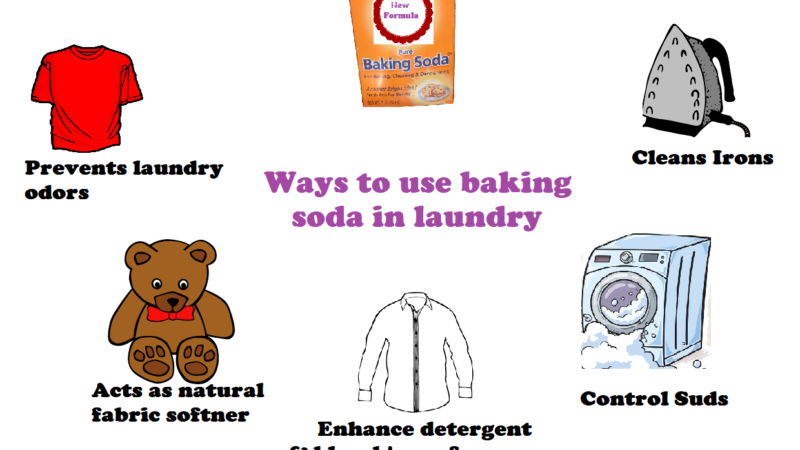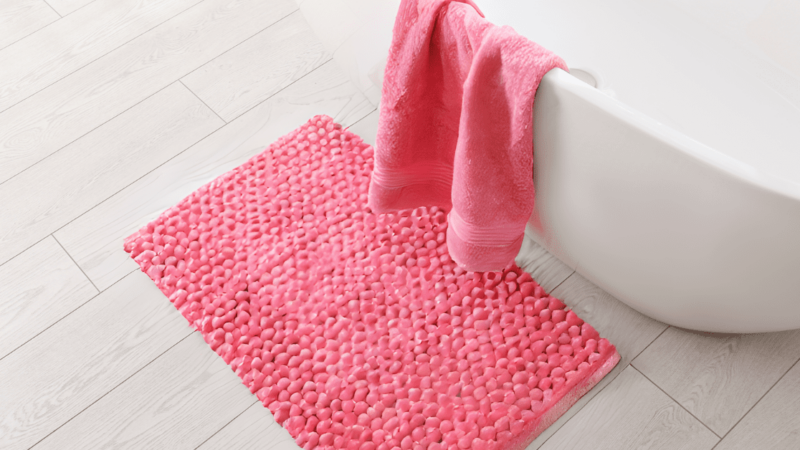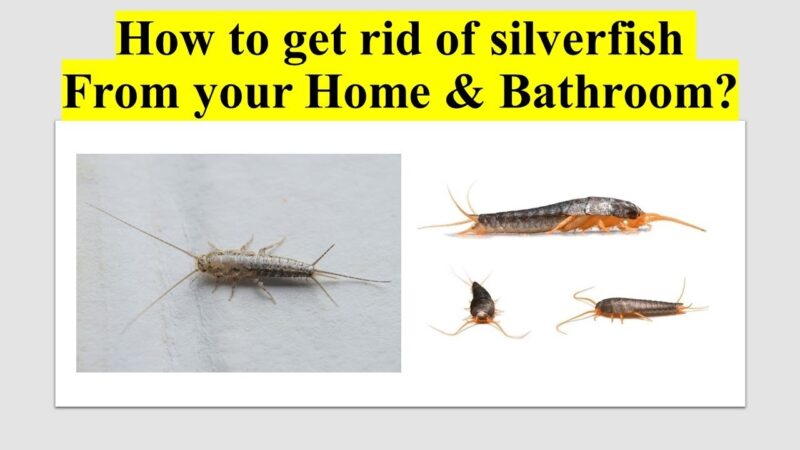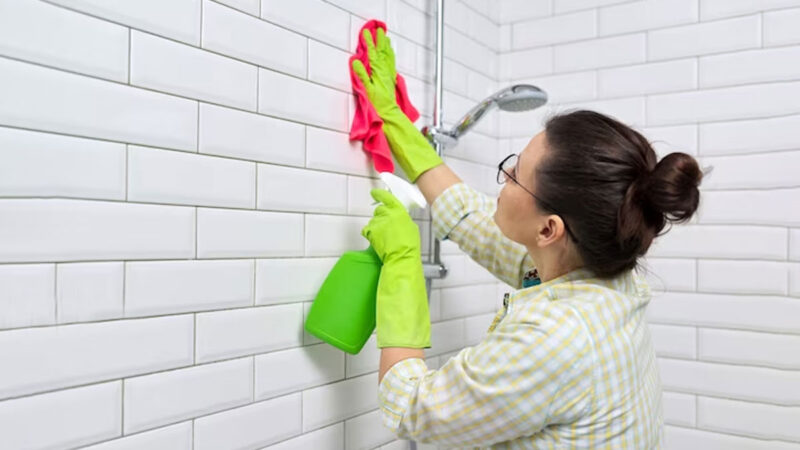How to clean kitchen sink drain: A Step-by-Step Cleaning Tutorial

How to clean kitchen sink drain – We all love a clean home, but there’s one thing we often overlook – our sink drains. They can hide harmful bacteria if we don’t give them some care.
Our bathroom and kitchen sink drains do a lot of work, from clearing away soap scum to handling food scraps, hair, and dirt. Over time, all this stuff can clog the drain and slow down the water flow.
If your sink isn’t draining well, it’s probably due to a blocked drain. But don’t worry, keeping your drains clean isn’t too tricky. We’ve made a simple guide to help you out.
Now, how to clean kitchen sink drain effectively? Whether you want to do it yourself or get help from a pro, our guide has got you covered. Following these steps will keep your sink clean and trouble-free.
How to Clean a Stainless Steel Sink
Cleaning a stainless steel sink is a simple task that requires a few natural ingredients and a bit of effort.
All you need are baking soda and distilled white vinegar, both safe for stainless steel. Let’s dive in and make that stainless steel sink shine.
Here’s the easy-to-follow process:
- Start by thoroughly rinse the sink with hot water and a drop of dish soap.
- Sprinkle a good amount of baking soda all over the sink’s surface.
- Use a soft scrub brush to work the baking soda gently into the stainless steel, following the grain’s direction.
- An old toothbrush works well for tricky spots like the drain hole.
- Now, spray the whole sink with distilled white vinegar.
- Wait for the bubbling and fizzing to settle, then rinse the sink thoroughly with hot water.
- To finish, dry the entire sink with a microfiber cloth.
- Buff the stainless steel with a dry microfiber cloth for an extra shine.
The mild abrasiveness of baking soda, combined with the natural acidity of the vinegar, makes a potent combination that effectively removes grease, disinfects, and eliminates calcium deposits that cause water spots.
If you have a porcelain, copper, granite, or cast iron sink, you can simplify the process by using dish soap and water with a cloth, skipping the scrubbing step.
How do you clean the sink drain in the bathroom?
Waking up to a clogged bathroom sink filled with greasy water is not a great start to the day. But remember, it’s not always your family’s fault; there can be various reasons for it.
One common reason for a blocked sink is hair, which builds up over time. Soap scum can also add to the problem by leaving a slimy coating in your pipes.
If you don’t tackle these issues early on, they can lead to a complete blockage.
So, how do you deal with a clogged bathroom sink? You have two main options. You can try simple DIY solutions at home or go for commercial drain cleaning products.
How to Clean Kitchen Sink Drain: Unclog Drains with Home Remedies
Chemicals can pose risks to your plumbing system and potentially cause harm to both your sink and pipes.
Limiting their usage and resorting to them only when absolutely necessary is wise. Instead, consider trying these natural DIY unclogging methods.
The Winning Combo of Baking Soda and Vinegar
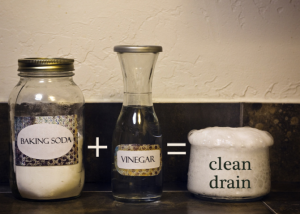
You can easily clean a clogged sink drain with a common household method – baking soda and vinegar. Just follow these steps:
- Pour one cup of baking soda directly into the sink.
- Add one cup of vinegar. You’ll hear a fizzing sound – that’s a good sign.
- Let the mixture work for about 30 minutes.
- Finish by flushing the drain with lots of boiling water.
You might need to repeat this a few times until your drain is completely clear and the water flows smoothly.
A Combination of Salt and Hot Water
If you have a clogged drain due to fat or soap scum, you can fix it easily with salt and hot water. Here’s what you do: pour half a cup of any salt into the drain and follow it with a good amount of boiling water.
The hot water melts away the grease and soap, while the salt acts like a scrubbing agent to clear out the debris.
Use a Plunger
Many of us have a plunger at home, which can be useful for unclogging drains. Here’s a simple method:
- Fill the sink with water.
- Put the plunger over the drain so it seals properly.
- Push and pull the plunger a few times until you see the water starting to go down.
- Do the same process one more time to be thorough.
- Finish off by pouring boiling water down the drain to clear any remaining blockage.
Drain Cleaning Products
If the methods we’ve discussed haven’t worked, you can try some other things.
You can use products that come in thick gel or powder form, which are made to create a chemical reaction that helps unclog drains.
There are even products made for specific types of clogs, like those caused by hair or grease.
Another option is using a drain snake, which is a flexible tool you put into the drain to remove things like hair and debris.
But be careful when using it because drain snakes can be delicate and might get stuck in the drain, making the problem worse.
How to Clean Kitchen Sink Drain?
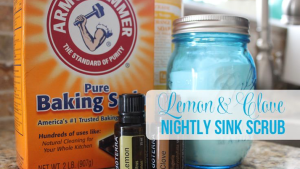
The kitchen sink often gets clogged because of grease and food scraps going down the drain.
Learning to clean your kitchen sink drain is important to prevent these blockages and prevent germs and bacteria from thriving.
A great way to keep your kitchen pipes clean is by using a mix of baking soda and vinegar. Pour this mixture down the drain until you hear it fizzing, which means it’s cleaning.
Leave it for about 30 minutes, then rinse the drain with boiling water to get rid of any remaining gunk.
If you’ve never cleaned your kitchen drain thoroughly and there’s a lot of buildup, you might need to use some commercial drain cleaners.
However, it’s a good practice to regularly use the vinegar and baking soda method to keep your drain in good shape and prevent future problems.
Clean the Garbage Disposal
Even if you regularly clean your sink drains, dealing with bad smells and potential germs from the garbage disposal can still be a problem.
So, it’s important to include garbage disposal cleaning as a regular part of your routine to avoid unpleasant buildup.
Here’s a simple guide to keeping your garbage disposal clean and free from odours:
- First, unplug the garbage disposal to ensure it can’t accidentally turn on while cleaning.
- Use a sponge and soapy water to scrub away any debris from the baffle folds, the bottom of the disposal unit, and the top of the grinding chamber.
- To get rid of any odours, sprinkle some baking soda into the disposal and let it sit for about five minutes to absorb any unpleasant smells.
- Rinse all the cleaned parts thoroughly before putting them back together.
- Finally, plug the garbage disposal back in and turn it on to ensure everything works as it should.
Following these steps regularly can keep your garbage disposal smelling fresh and free from unwanted odours.
How to Deal with Stinky Drains?
Tired of those unpleasant smells coming from your kitchen sink? Here are some simple tips for help you how to clean kitchen sink drain rid of those annoying drain odours.
A great way to prevent odours and get rid of bacteria is to use a mixture of lemon, salt, and ice. Just put two tablespoons of salt, some sliced lemon, and two cups of ice into your garbage disposal.
Turn it on while running cold water, and let this blend work its magic as it cleans away the odours and bacteria.
Here are a few more tricks to keep your drains smelling fresh:
- Before washing your dishes or using a dishwasher, make sure to scrape off any food scraps into the trash to prevent them from blocking your drain.
- Avoid pouring grease and fat down the sink; they can turn solid and clog up your pipes as they cool.
- After doing the dishes, let hot water run for about a minute to ensure your drain gets a thorough flush.
By following these straightforward practices, you can effectively deal with and prevent those pesky kitchen drain odours.
How to Find the Best Drain Cleaning Company Nearby
- Ask for Recommendations: Ask friends, family, or coworkers if they know of a good local drain cleaning company. Personal suggestions are valuable.
- Online Search: Search engines or online directories to find nearby drain cleaning companies. Look for those with good reviews and ratings.
- Read Reviews: Check websites like Google, Yelp, or Angie’s List to read reviews from past customers. Consider both positive and negative feedback.
- Check Licensing and Insurance: Make sure the company you’re considering is licensed and insured. This protects you in case of accidents or damage.
- Ask for References: Don’t be afraid to request references from previous clients. A reputable company should provide them with a vouch for their work.
- Ask About Experience: Find out how long the company has been in business. More experienced companies often understand drain issues better.
- Request Quotes: Contact a few companies for price estimates. Clearly describe your problem for accurate quotes.
- Compare Prices and Services: Don’t automatically choose the cheapest option. Consider the services offered, equipment quality, and reputation when comparing prices.
- Ask About Guarantees and Warranties: Inquire if the company offers guarantees or warranties for their work. This can provide peace of mind.
- Check for 24/7 Emergency Service: Emergencies can happen anytime. A company with 24/7 service is a plus, especially for sudden blockages.
- Verify Equipment Used: Ask about the Equipment and techniques they use. Modern Equipment often leads to better results.
- Discuss Timeline: Get an idea of how long the job will take. Reliable companies should provide a reasonable timeframe.
- Ask About Cleanup: Find out if cleanup is included in their service. You don’t want a mess after the drain is cleaned.
- Check Customer Service: Pay attention to how responsive and helpful they are when you contact them. Good service indicates professionalism.
- Get a Written Contract: Once you’ve chosen a company, get a written contract detailing the work, costs, guarantees, and other important details.
- Keep Records: Keep records of all communication and documents related to the service. This can be helpful if issues arise later.
By following these steps and doing your research, you can increase your chances of finding the right drain cleaning company nearby to handle your specific needs effectively and reliably.
Recommendation
Can A Landlord Tell You How Clean To Keep Your House
Clever Kitchen Organization Hacks To make Your Life Easier
How To Remove Oil Stains From Your Clothes? – Step By Step Procedure To Remove Oil Stain
Things To Consider While Hiring Pest Control Services
FAQs
Q: What is the best thing to clean kitchen sink drains with?
A: To clean kitchen sink drains effectively, start by pouring a cup of baking soda down the drain. Then, rinse the sink and drain thoroughly with hot water from the sink. For extra odour-fighting, you can pour lemon juice or distilled white vinegar down the drain. After letting it sit for about 30 minutes, rinse the sink and drain again.
Q: How do you remove sludge from a kitchen sink drain?
A: Using a natural cleaner, you can remove sludge from a kitchen sink drain. Begin by pouring a box of baking soda down the drain, adjusting the amount based on the severity of the slime. Next, pour in vinegar, using up to half a bottle. You should see or hear fizzing, indicating a reaction. Allow it to sit for about five minutes, then slowly pour boiling water down the drain.
Q: How do you clean a smelly sink drain?
A: To clean a smelly sink drain, flush the drain with a mixture of one cup of distilled white vinegar and one cup of boiling water. First, pour one-half cup of baking soda down the drain, followed by the vinegar and hot water mixture. Cover the sink drain with the plug and let the mixture work for about 10 minutes.
Q: Is it OK to put vinegar down the sink drain?
A: It is perfectly safe and beneficial to pour vinegar down your sink drain. Vinegar acts as a natural cleaning solution and can effectively remove blockages and harmful bacteria that cause foul odours.
Q: Does vinegar dissolve grease in pipes?
A: Yes, vinegar can help dissolve grease in pipes. To do this, use a 50:50 mix of boiling hot water and white vinegar. The hot water will melt the fat, while the vinegar will help remove it from the lining of the pipes. The flow of water will then carry away the dissolved grease down the pipe.
Conclusion
In summary, maintaining clean sink drains is essential for a healthy home. Neglected drains can lead to clogs and harmful bacteria.
Whether you have a stainless steel bathroom or kitchen sink, there are effective cleaning methods, from DIY solutions to professional help.
Addressing garbage disposal odours and preventing drain odours is also crucial.
Cummings Plumbing, serving Tucson and nearby areas for over three decades, offers expert drain maintenance services. Prioritizing clean drains contributes to a fresh and hygienic living environment.

